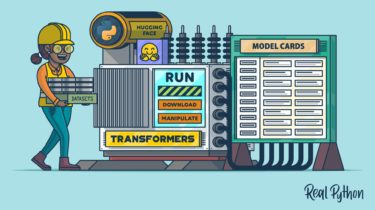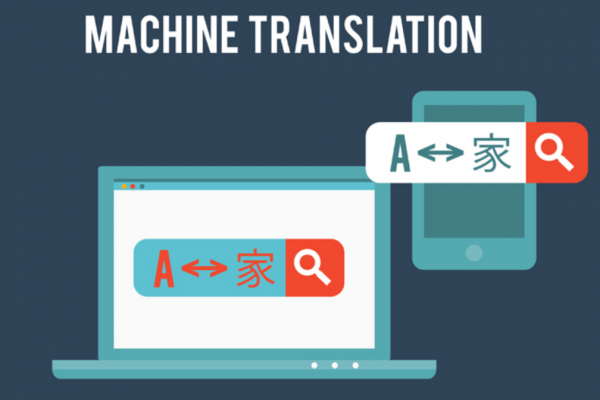Quiz: Python Protocols: Leveraging Structural Subtyping
Interactive Quiz ⋅ 11 QuestionsBy Leodanis Pozo Ramos Share Or copy the link: Copied! Happy Pythoning! Test your understanding of how to create and use Python protocols while providing type hints for your functions, variables, classes, and methods. Take this quiz after reading our Python Protocols: Leveraging Structural Subtyping tutorial. The quiz contains 11 questions and there is no time limit. You’ll get 1 point for each correct answer. At
Read more


